
Holiday Shipping Crunch: Choosing the Most Efficient Route for Reduced Emissions
Explore the repercussions of Red Sea attacks on global shipping lanes, from disruptions to supply chains to strategies for safeguarding maritime trade routes.
Emissions tracking plays a central role in transforming maritime operations toward greater sustainability. With the rise of international regulations like IMO 2020, EU ETS, and FuelEU Maritime, the industry is adopting new technologies to monitor, report, and reduce greenhouse gas (GHG) emissions across fleets and offshore assets.
Real-time emissions monitoring and advanced analytics now enable maritime stakeholders to ensure compliance, optimize fuel efficiency, and reduce their carbon footprint. These innovations support data-driven decision-making and align operations with climate goals.
From CO₂ and NOx reporting to energy efficiency measures and regulatory audits, emissions management is no longer optional—it’s a strategic necessity. Adopting best practices in compliance and emissions reduction is essential to future-proof operations and contribute to a cleaner, more resilient maritime sector.

Explore the repercussions of Red Sea attacks on global shipping lanes, from disruptions to supply chains to strategies for safeguarding maritime trade routes.

Explore the relationship between global shipping & GHG emissions. Discover the causes, impacts, and innovative solutions for mitigating environmental consequences.

Carbon emission regulations are sets of regulations onto which newly built ships have to convene since 15 July 2011. The International Maritime Organization (IMO) has been striking for ten years now about reducing greenhouse gas emissions by the maritime transportation business.
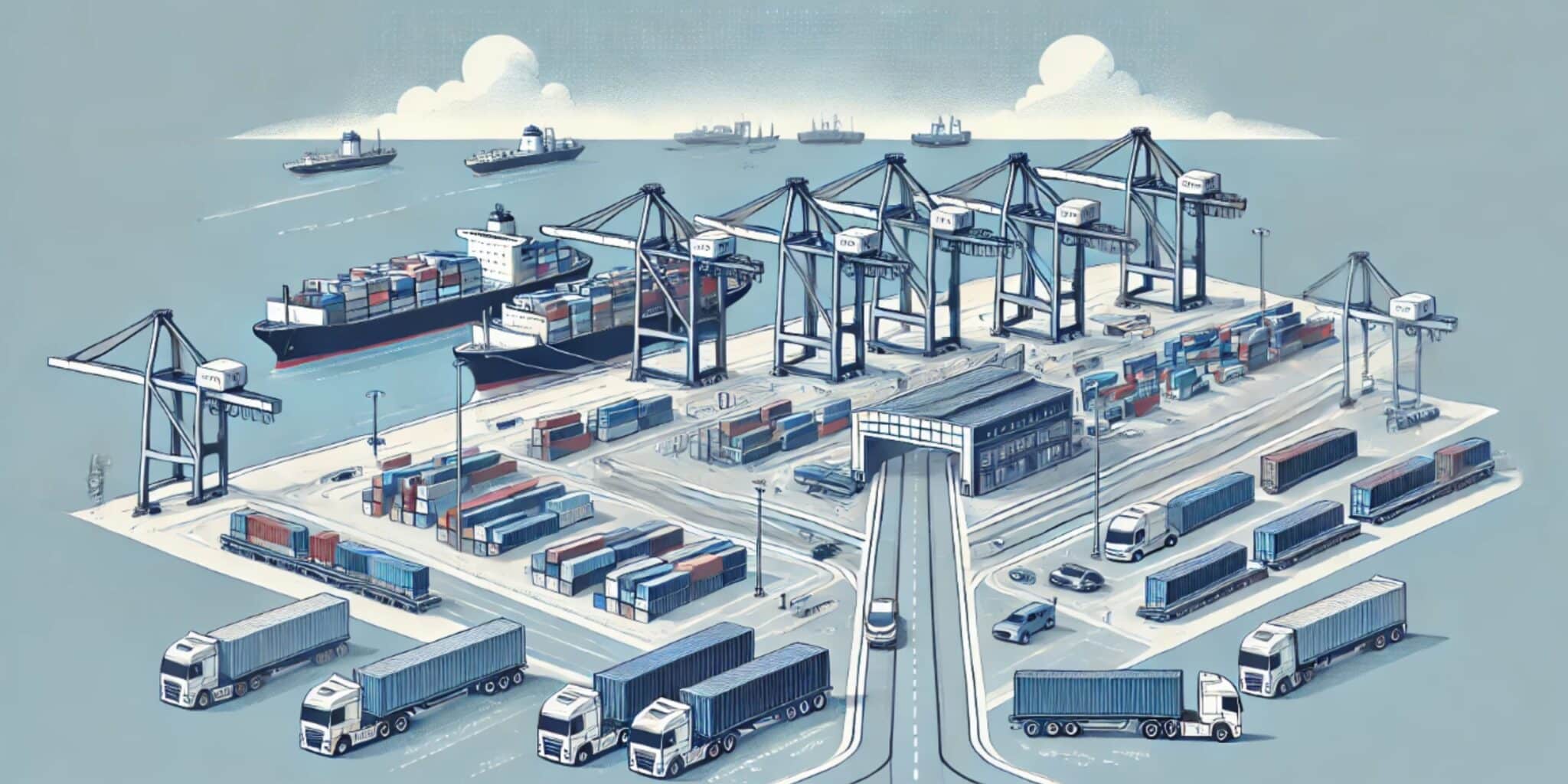
Learn how transshipment hubs optimize shipping routes, adapt to trade shifts, and strengthen the efficiency of global container shipping networks.

Discover how AI is transforming the maritime industry by cutting costs, optimizing operations, and driving innovation for a sustainable future.

Explore how container tracking improves customs compliance, preventing delays and fines while ensuring efficient global trade and shipment management.

Learn how weather monitoring technology empowers EPC contractors to anticipate challenges, enhance safety, and streamline project execution effectively.

Discover how advanced weather monitoring technology boosts the effectiveness of C-CSOV operations, ensuring timely and safe offshore project execution.

Explore key strategies to cut carbon emissions in shipping, including sustainable practices and advanced technologies for greener logistics.

Compare CO2 emissions and travel times of major shipping routes: Cape Horn vs. Panama Canal and Good Hope vs. Suez Canal. Discover their environmental impacts.

Explore the repercussions of Red Sea attacks on global shipping lanes, from disruptions to supply chains to strategies for safeguarding maritime trade routes.

Discover how the sector is transforming through regulations, green technology adoption, and innovative practices for a sustainable future.

Explore the international container regulations. From the role of the IMO and BIC to ISO standards and safety conventions, learn how rules ensure secure and efficient containerized goods movement.

Explore the relationship between global shipping & GHG emissions. Discover the causes, impacts, and innovative solutions for mitigating environmental consequences.

Explore the imperative of CO2 emissions monitoring in maritime operations. From compliance with regulations to innovation and economic efficiency, discover how tracking carbon emissions shapes a sustainable future.
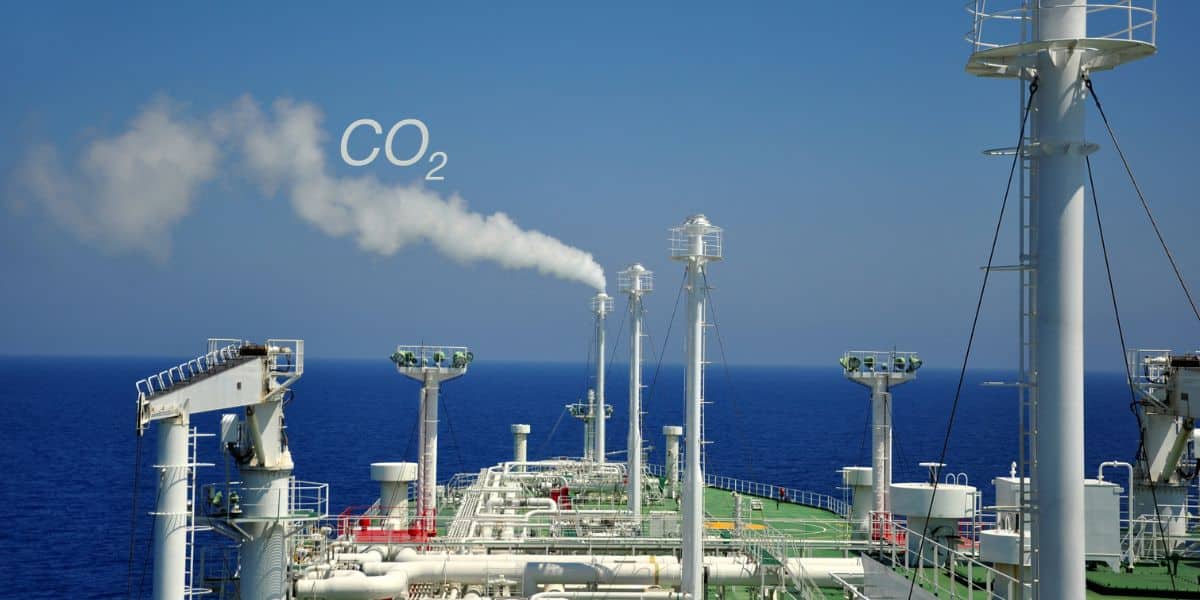
Discover the critical role of ship management in ensuring safe and efficient maritime operations. Explore the basics of ship management, its importance for shipping companies, crew welfare, and environmental sustainability.

Discover the primary factors contributing to demurrage and detention in the shipping industry. Explore the root causes of delays and how to mitigate them, ensuring smoother operations and minimizing additional costs.

Discover how supply chain visibility empowers businesses to streamline operations, minimize delays, and optimize lead times. Unlock the potential for greater efficiency, improved customer satisfaction, and increased profitability through enhanced visibility across your supply chain network.

Need to understand how our CO2 API works ? Here are all the details

Discover the game-changing tech of Carbon Capture and Storage (CCS), which captures CO2 emissions from industry and stores them safely underground. Combat climate change and create a greener future.

Discover the impact of technology and sustainability efforts on the future of the maritime industry’s environmental performance. Stay informed with the latest advancements

Carbon emission regulations are sets of regulations onto which newly built ships have to convene since 15 July 2011. The International Maritime Organization (IMO) has been striking for ten years now about reducing greenhouse gas emissions by the maritime transportation business.

With a growing emphasis on globalization and accelerating digital transformation in the sea shipping industry, the Port Community System (PCS) becomes key to building smart ports.

Within a large, dynamic logistics network that involves several players, seaports are not just a crossing point, but now stand out as integrated transport hubs and high-value-added platforms for international trade.
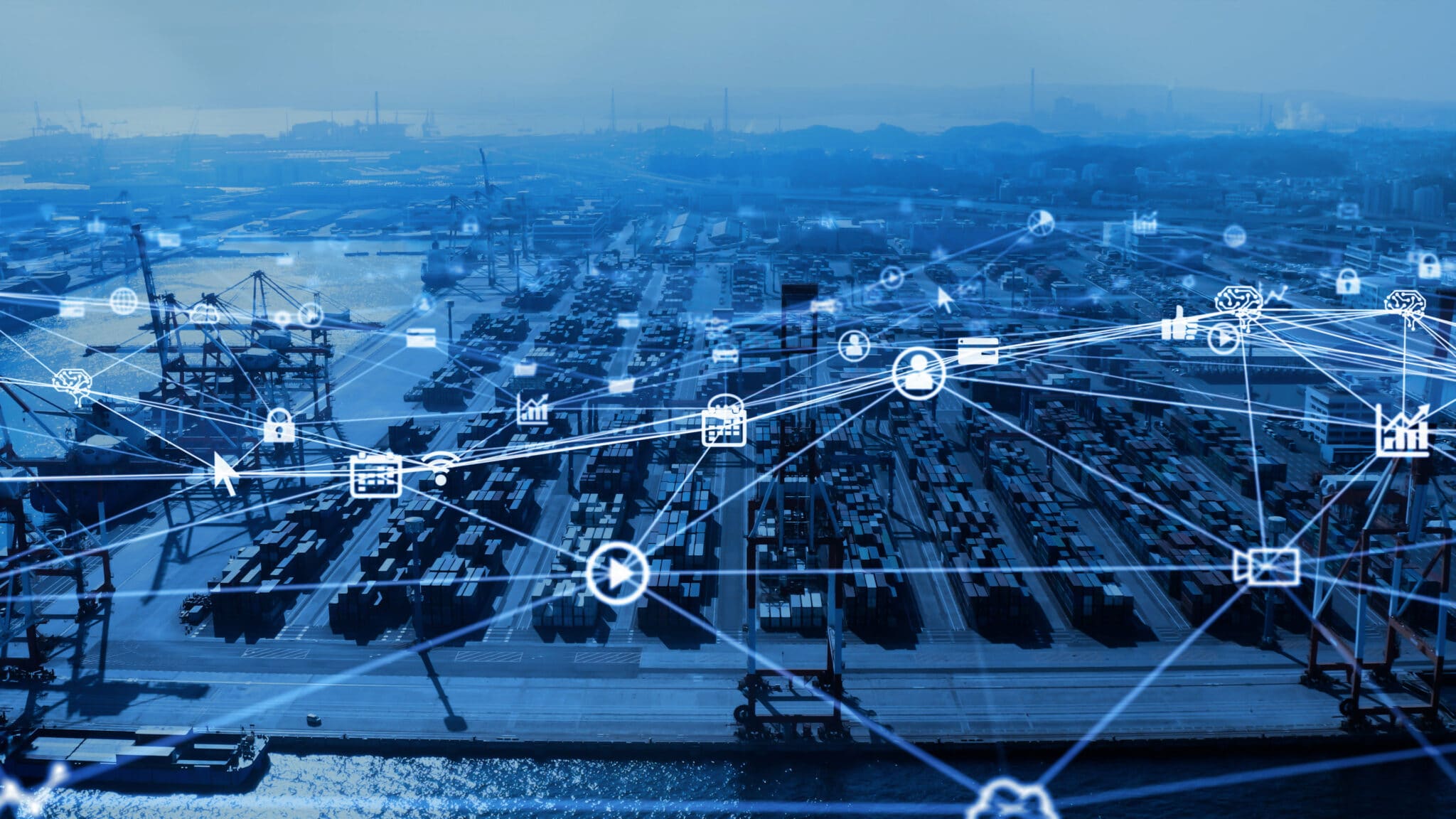
Most of the world’s biggest ports use a specific system to ease information exchange between all parties that have activities related to the port. A Port Community System is a National Single Window that links individual seaports and all supply chain actors.
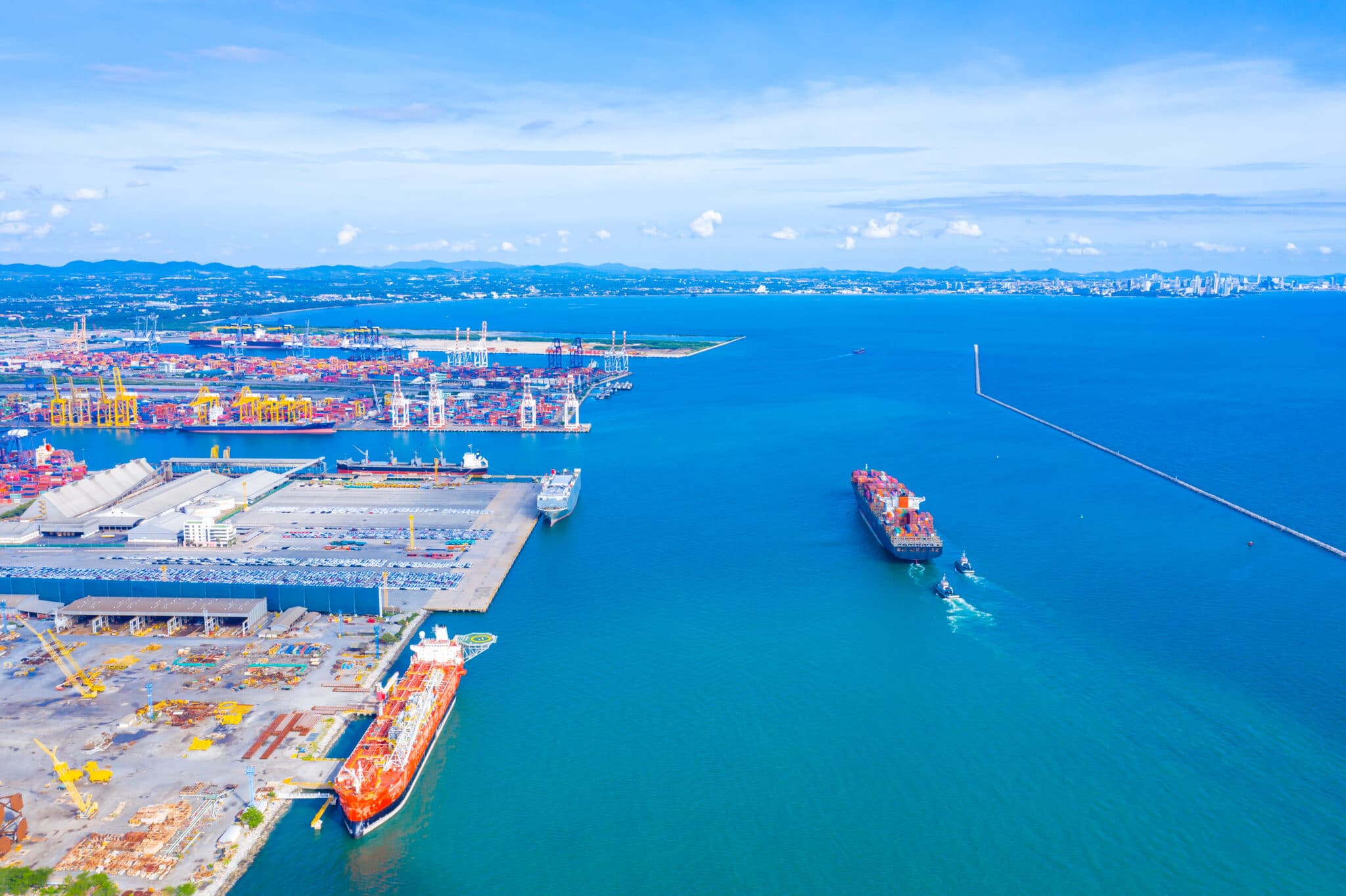
Understanding the economic impacts of climate change is crucial to the future of ports and the marine industry. The oceans carry 80% of world trade. Consequently, port infrastructure and shipping are critical to ensuring the smooth operation of global supply chains.

Ships and vessels that are trading in the sea are in need of operation and management. As the ship-to-ship transfer (STS) industry increases in size and complexity, the managing of cargo becomes a critical part of shipbroking.

Global trade growth means that there is increasing vessel traffic, huge amounts of energy, and GHG emissions. In order to reduce its environmental footprint, and make cargo ships more eco-friendly, the shipping industry can implement various solutions.
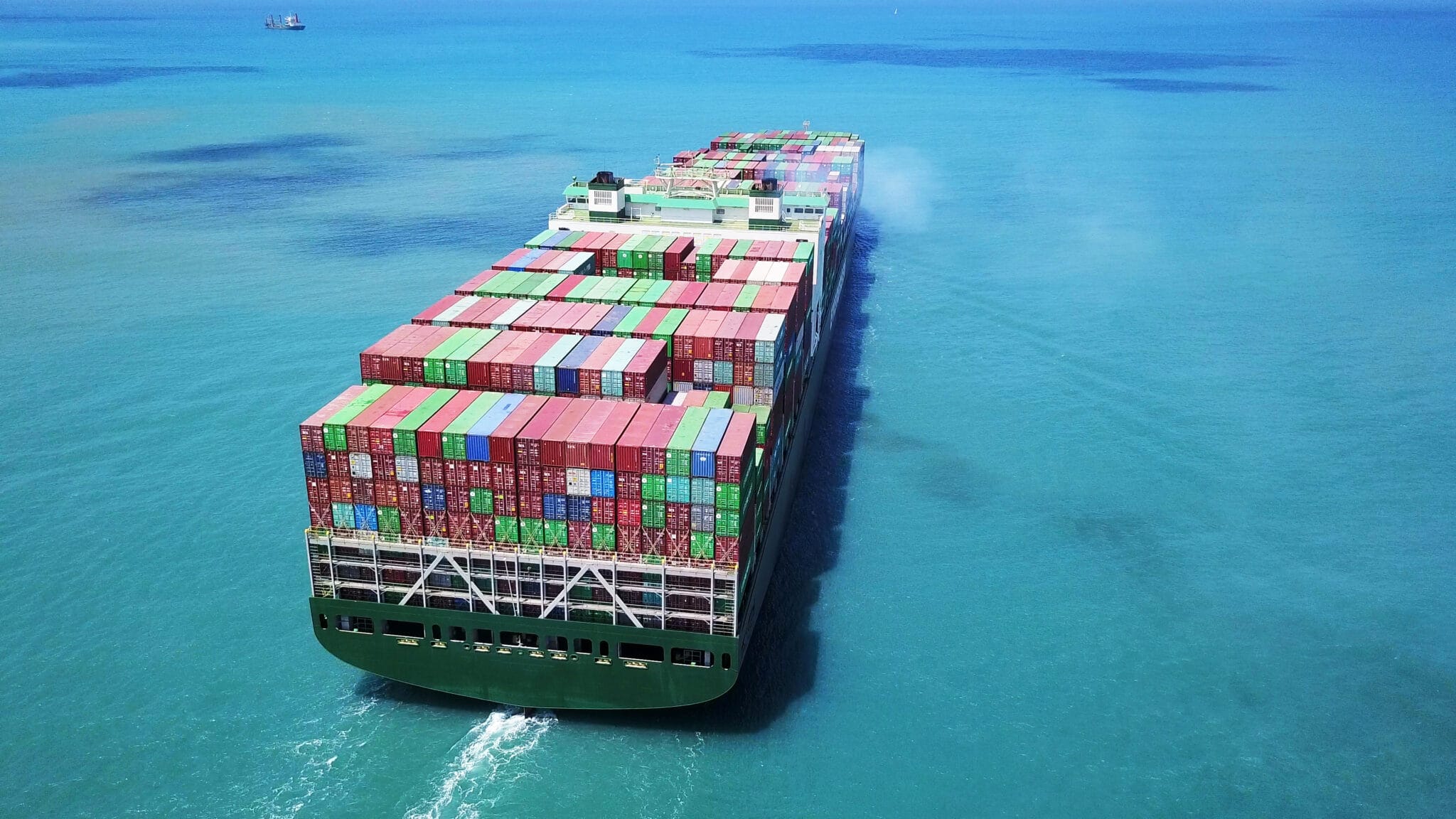
A maritime supply chain refers to the movement of cargo, as well as any related support, involving two destinations and using both maritime (ocean) and land transportation. It’s an entire network of interconnecting systems.
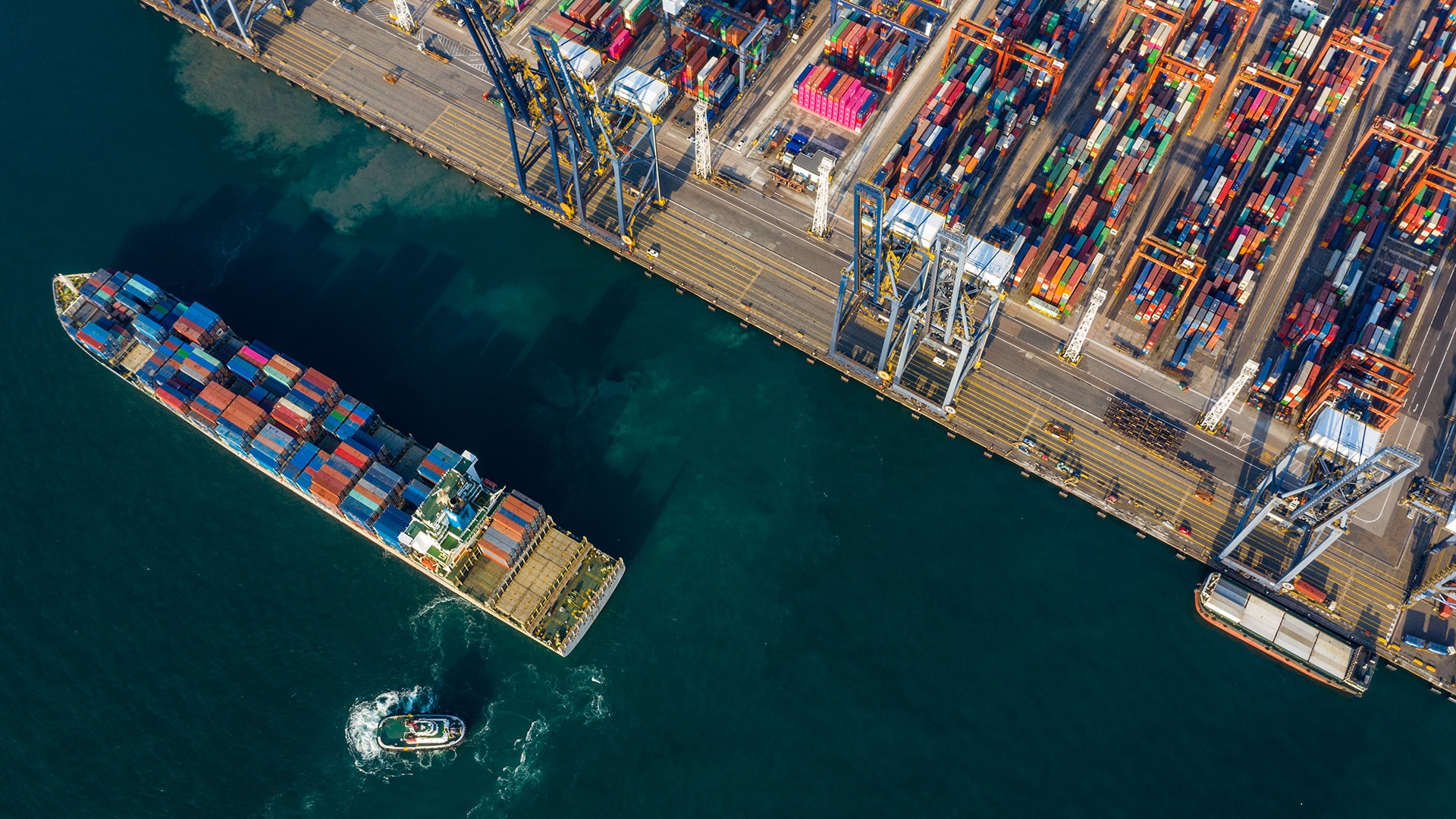
By port operations, we refer to a series of maritime procedures aimed to ensure the smooth transition of vessels and their containers from one terminal to another. Sea travel can be undertaken through many different means.
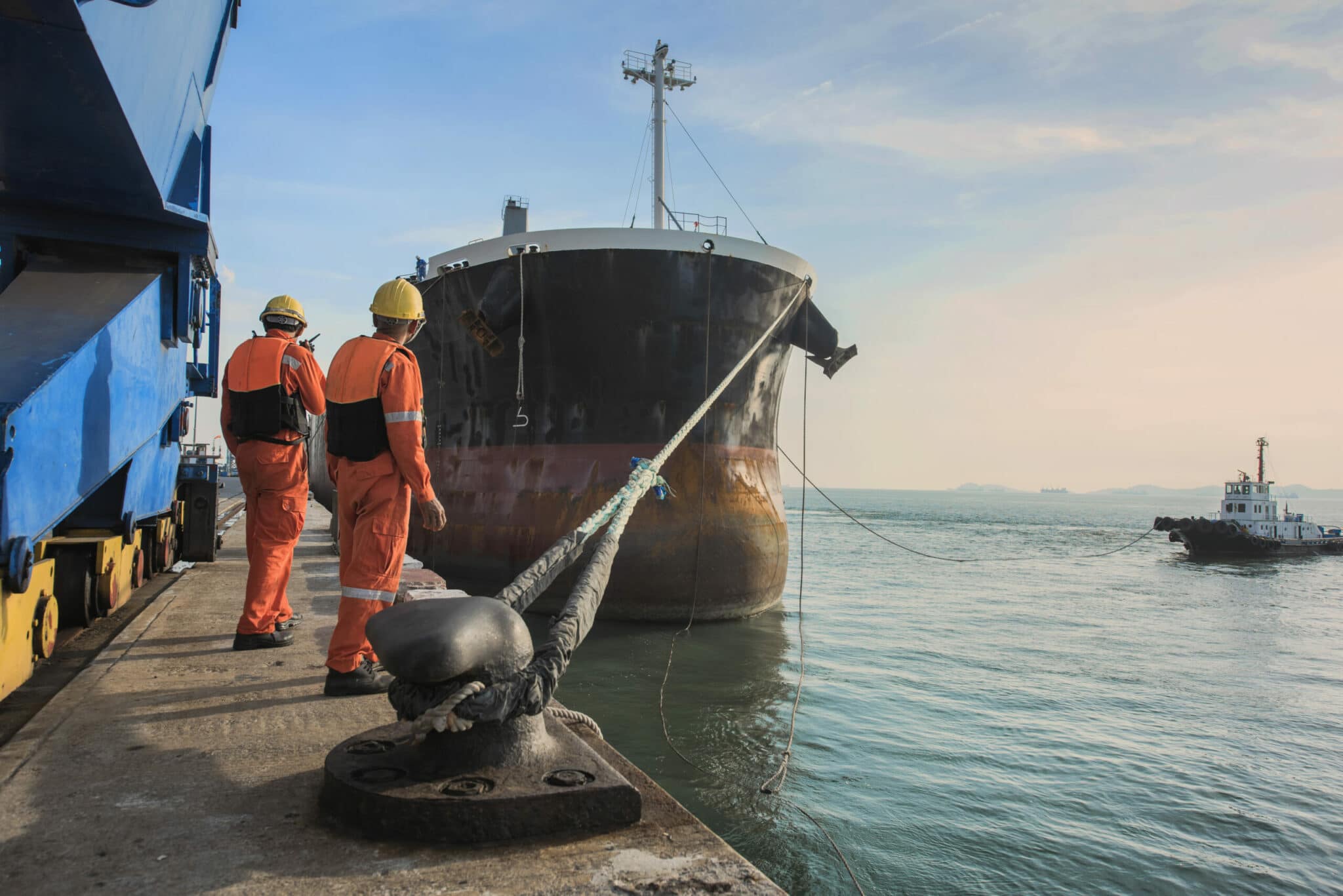
In today’s world, several thousand vessels of all kinds are deployed and must be safely maintained and well-managed. Before globalization and digitalization, there were only a few activities to ensure the smooth functioning of the shipping industry.
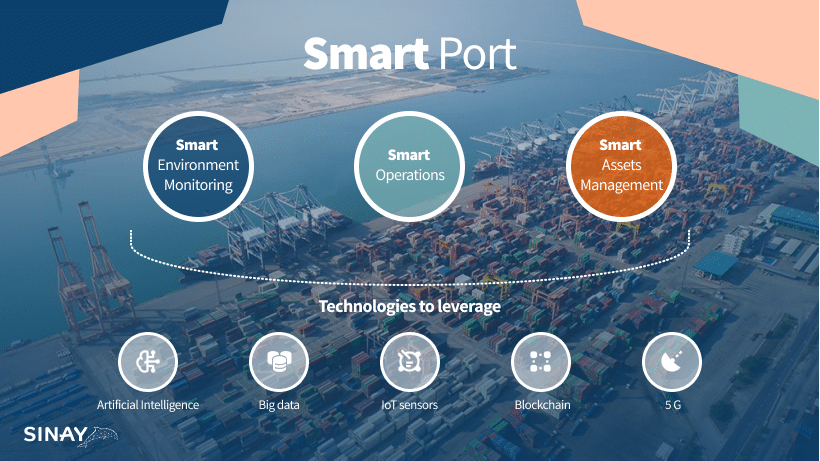
Explore the world of smart ports and find out how technology is changing the way ports operate. Get insights into the latest innovations and advancements in the field and learn about the benefits of implementing smart port solutions.

Improve your port operations with the latest strategies and technologies. Discover five areas where ports can easily optimize their operations for better business results and increased efficiency.
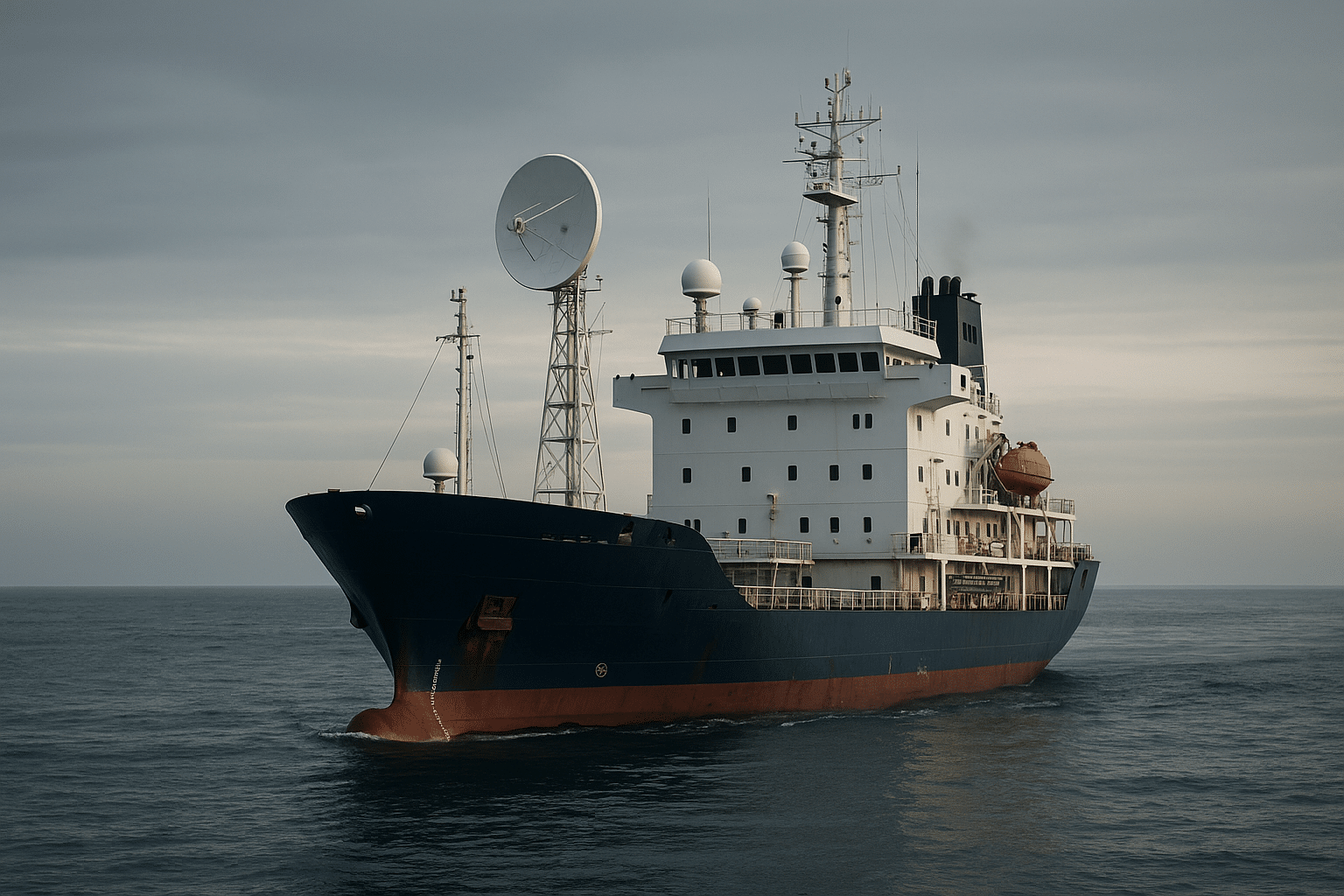
LoRa, NB-IoT, and Satellite Mesh are key technologies in maritime IoT, driving smarter vessel operations and improving marine environmental monitoring.
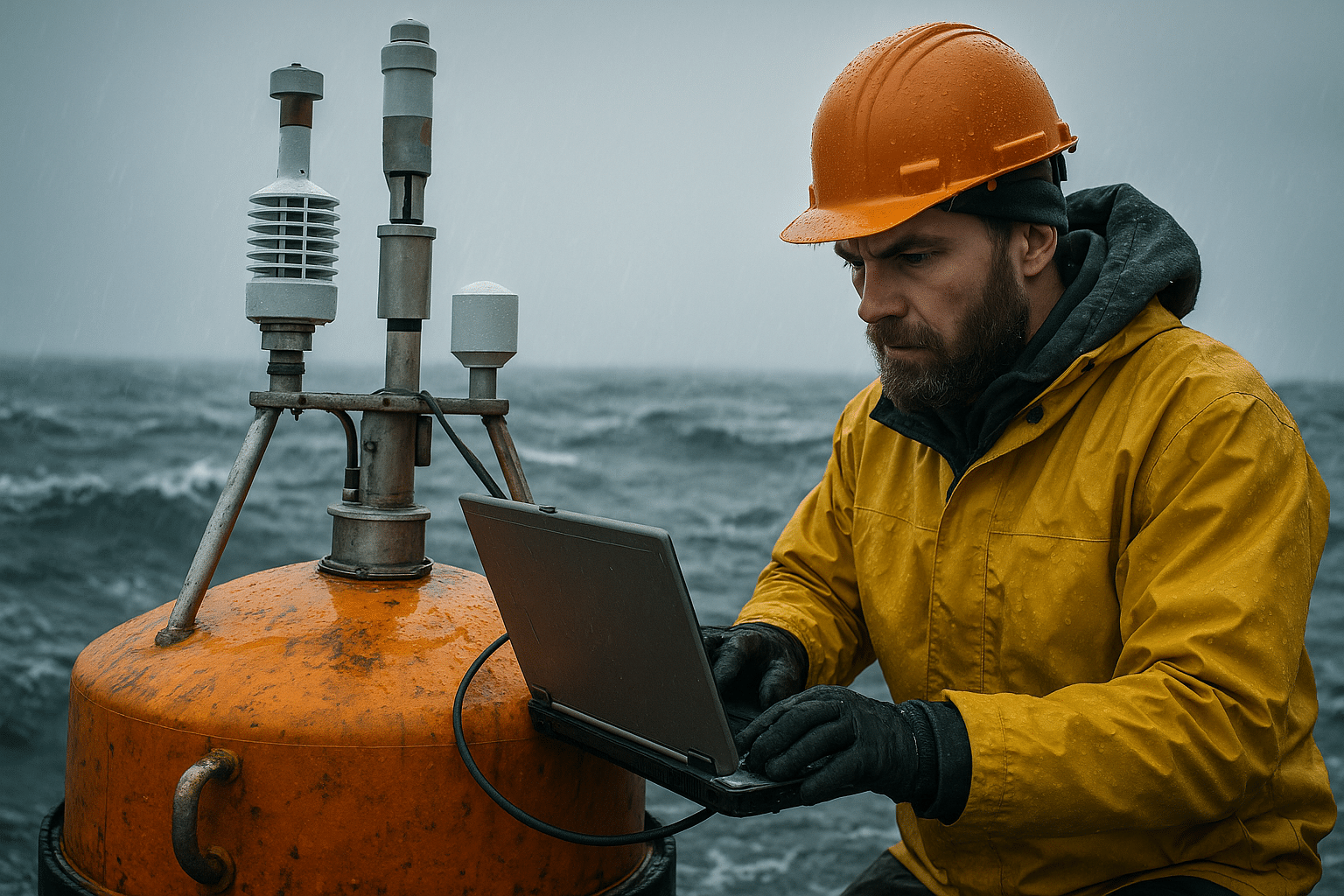
Learn how IoT ocean sensors are calibrated and validated to ensure accurate, reliable data in harsh marine environments for effective environmental monitoring.

Learn how transshipment hubs optimize shipping routes, adapt to trade shifts, and strengthen the efficiency of global container shipping networks.
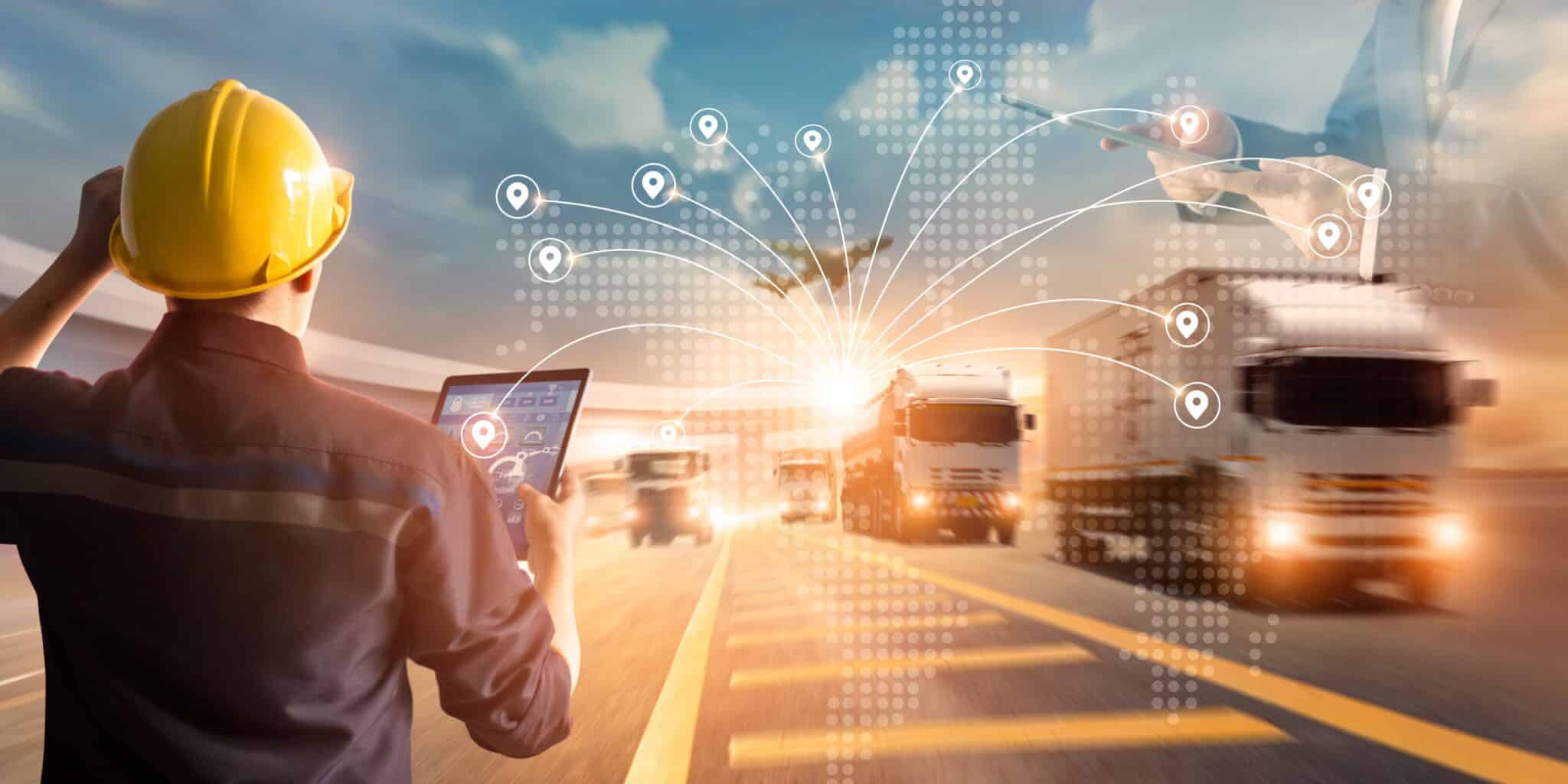
Logistics managers drive efficiency through managing inventory, transportation, and costs. Discover the skills and career paths in this dynamic field.
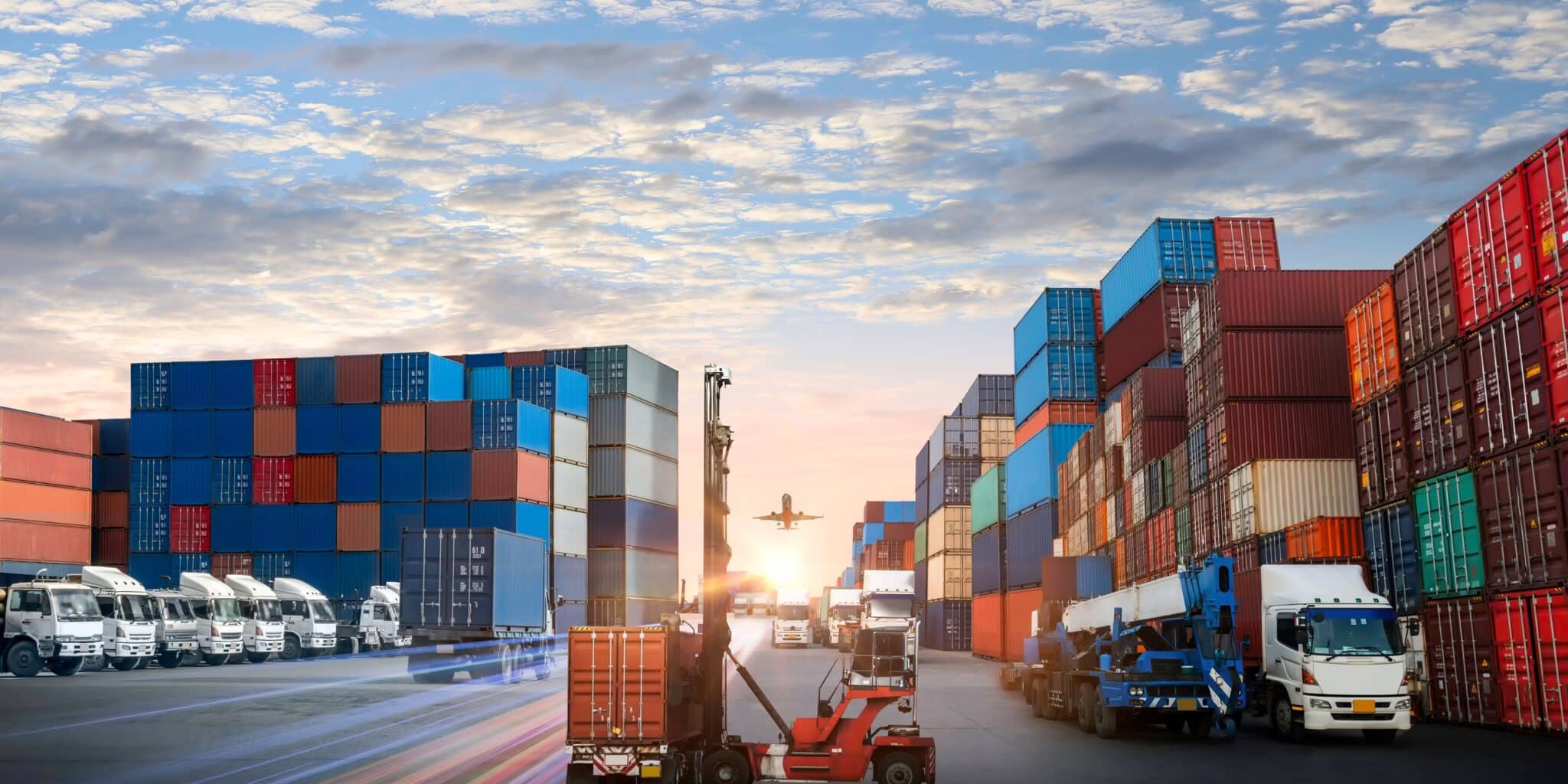
Intermodal vs. multimodal transport: Learn how each method impacts cost, efficiency, and flexibility in global shipping.
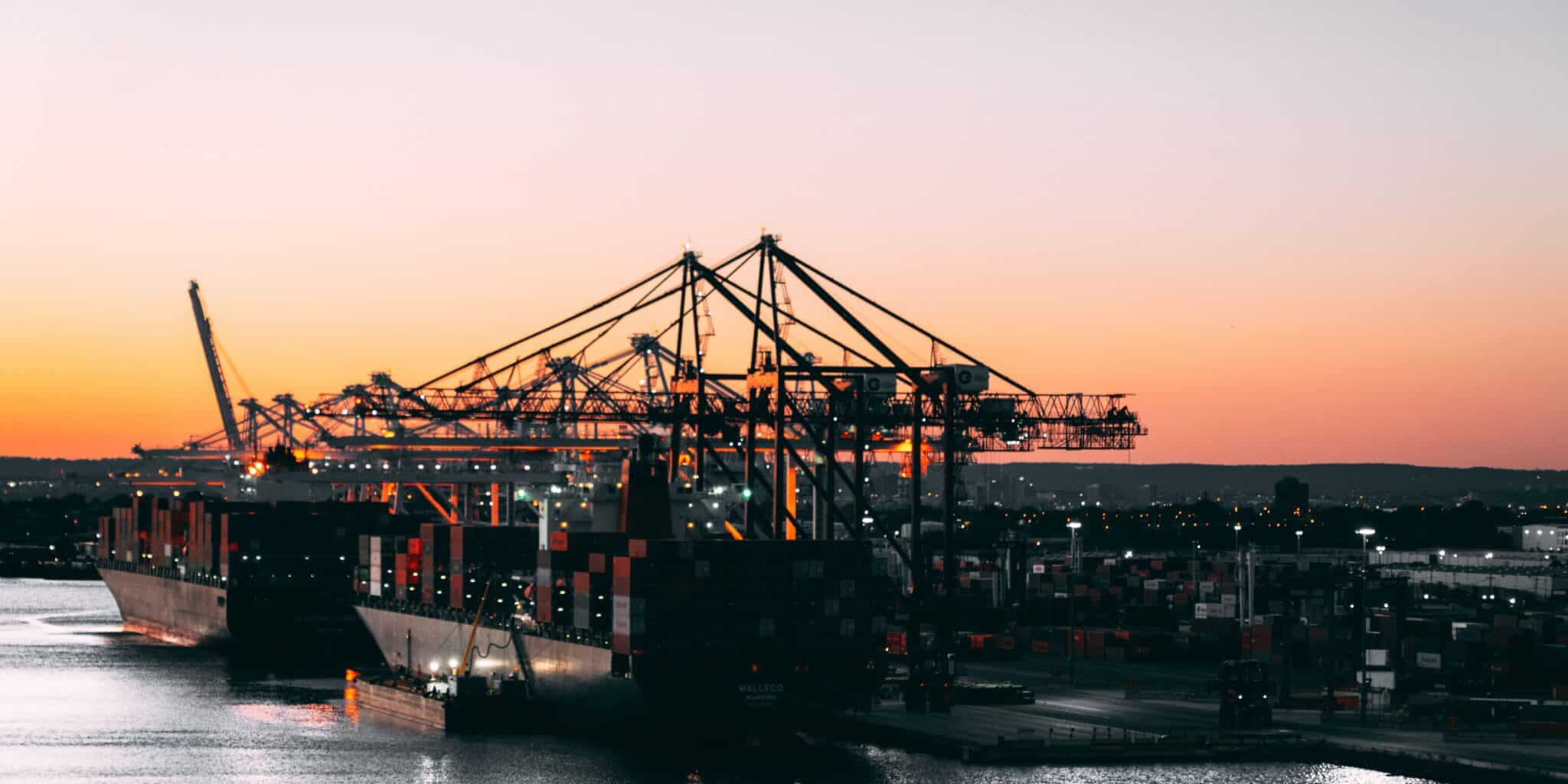
See how the world’s busiest ports manage millions of tons of cargo, power economies, and evolve with smart logistics and automation.